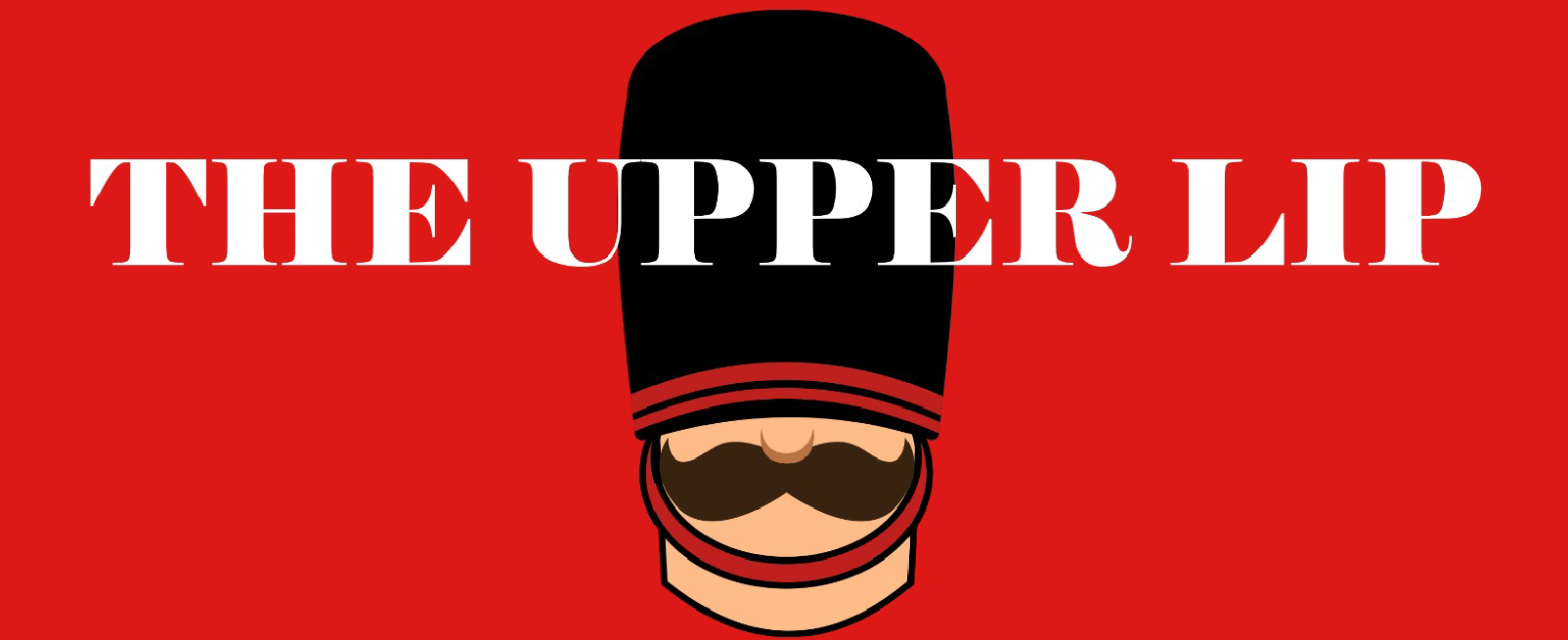A #RefugeesWelcome protest came to an abrupt conclusion when a busload of actual homeless refugees showed up at the scene. What was intended to be a virtuous display of activism took an unexpected twist as the protesters were faced with the real-world implications of their slogan.
Organizers, equipped with trendy signs and catchy slogans, found themselves at a loss for words as the bus pulled up, revealing weary faces peering out from behind the windows. The protesters, expecting a photo-worthy moment of unity, were now faced with the stark reality that their virtue signaling might actually need to be backed up by action.
“It was all fun and games until they parked that bus,” one protester lamented, visibly uncomfortable as the refugees disembarked, their need for shelter and support laid bare.
Attempts to disperse the refugees and return to the catchy chants of “Refugees Welcome!” were met with puzzled looks and requests for assistance. The sudden clash between virtue signaling and practical humanitarianism left the protesters grappling with an inconvenient truth: welcoming refugees requires more than just a hashtag.
“It’s easy to tweet about saving the world, but when it lands on your doorstep, it gets complicated,” another protester confessed, struggling to reconcile their online activism with the tangible needs of those seeking refuge.
As the bus departed, leaving the protesters in a state of bewildered reflection, the hashtag took on a new, less glamorous meaning. Perhaps, in the realm of real-world action, the welcome mat isn’t as easily rolled up as a protest banner.
And so, the #RefugeesWelcome protest, initially fuelled by good intentions and social media fervour, was cut short by the very reality it claimed to champion. In the world of satirical irony, it seems, buses full of homeless refugees have a way of bringing grand gestures down to earth.
















